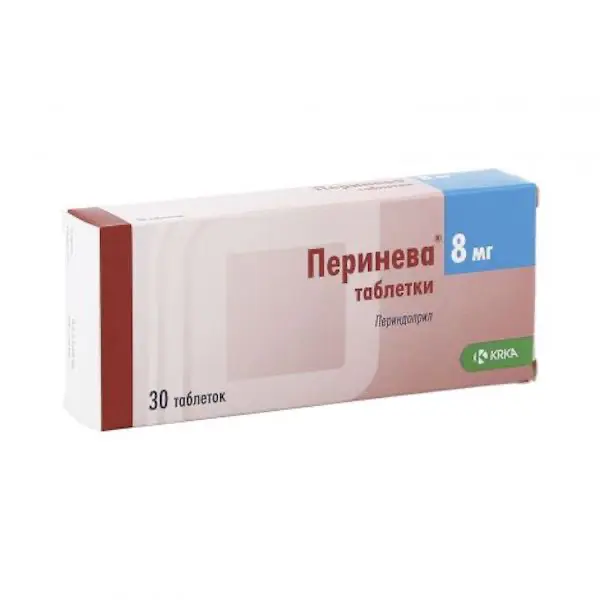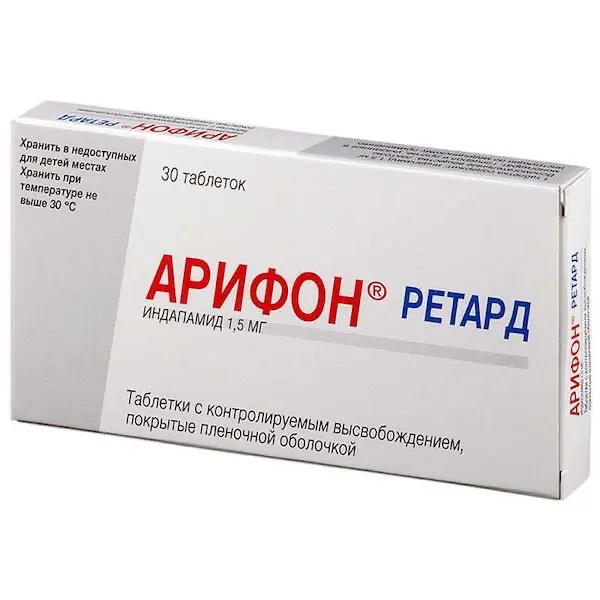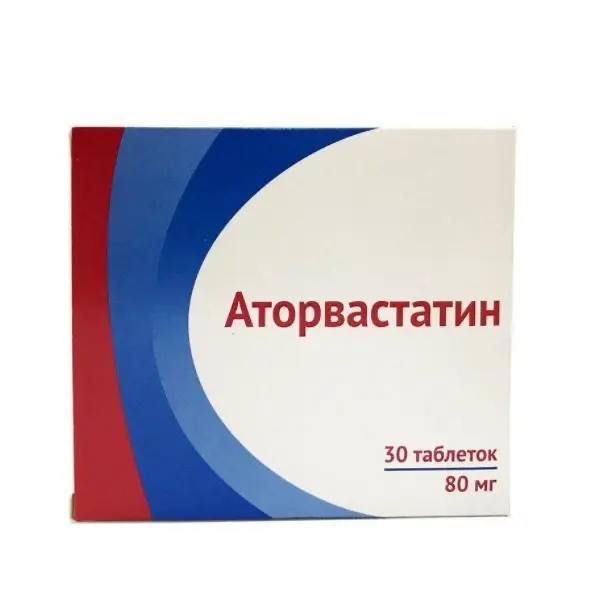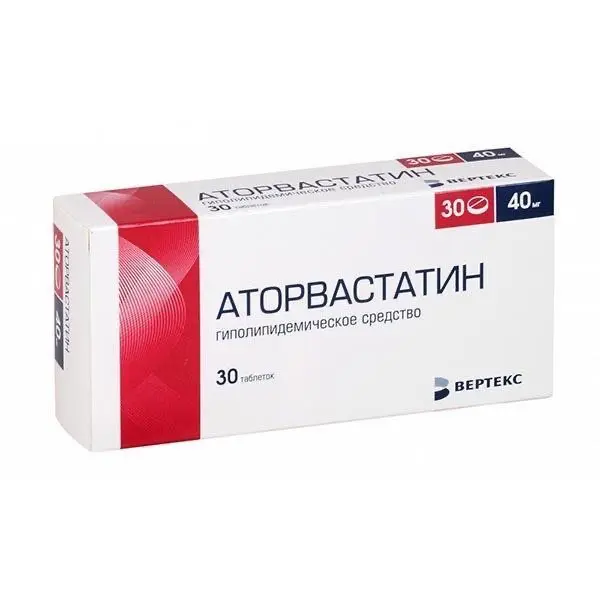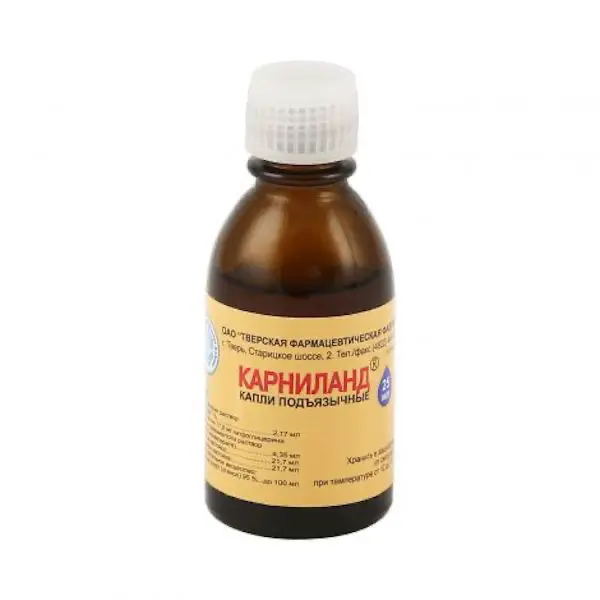Description
Perineva Pharmacodynamics
Mechanism of action
Perindopril is an inhibitor of the enzyme that converts angiotensin I to angiotensin II. ACE (kininase II) is an exopeptidase that performs both the conversion of angiotensin I into the vasoconstrictor angiotensin II and the degradation of bradykinin, which has a vasodilator effect, into an inactive heptapeptide. As a result, perindopril reduces aldosterone secretion.
Since ACE inactivates bradykinin, ACE suppression is accompanied by an increase in the activity of both the circulating and tissue kallikrein-kinin systems, and the prostaglandin system is also activated. It is possible that this effect is part of the mechanism of antihypertensive action of ACE inhibitors, as well as the mechanism of development of some side effects of this class of drugs (e.g., cough). Perindopril has a therapeutic effect due to the active metabolite perindoprilat. Other metabolites have no inhibitory effect against ACE under in vitro conditions.
Clinical efficacy and safety
Arterial hypertension
Perindopril is effective in therapy of arterial hypertension of any severity. Against the background of perindopril use, both systolic and diastolic blood pressure (BP) in “lying” and “standing” position of the patient is decreased.
Perindopril reduces total peripheral vascular resistance (TPR), which leads to a decrease in BP, while peripheral blood flow is accelerated without changing heart rate (HR).
As a rule, perindopril leads to increased renal blood flow, glomerular filtration rate (GFR) does not change.
Antihypertensive effect of the drug reaches a maximum of 4-6 hours after a single oral administration and lasts for 24 hours. In 24 hours after oral administration, a pronounced (about 87-100%) residual ACE inhibition is observed. Decrease in BP is achieved fairly quickly. In patients with a positive response to treatment, BP normalization occurs within a month and persists without the development of tachycardia.
Treatment discontinuation is not accompanied by development of “withdrawal” syndrome.
Perindopril has a vasodilator effect, helps to restore elasticity of large arteries and vascular wall structure of small arteries, and also reduces left ventricular hypertrophy.
Concomitant use of thiazide diuretics increases the severity of the antihypertensive effect. In addition, the combination of ACE inhibitor and thiazide diuretic also reduces the risk of hypokalemia with diuretics.
Chronic heart failure (CHF)
Perindopril normalizes heart function by reducing preload and postload.
Patients with CHF treated with perindopril were found to have decreased left and right ventricular filling pressures, decreased PEEP, increased cardiac output, and increased cardiac index. Perindopril at a dose of 2 mg does not significantly reduce BP in patients with CHF (functional class II-III according to NYHA classification).
Cerebrovascular disorders.
Administration of perindopril at a dose of 4 mg, as well as in combination with indapamide decreased the risk of recurrent stroke (both ischemic and hemorrhagic), as well as additional risk reduction:
– fatal or disabling strokes;
– major cardiovascular complications, including myocardial infarction, including fatal
– Stroke-related dementia;
– Severe cognitive impairment.
Stable coronary heart disease (CHD)
When perindopril at a dose of 8 mg/day is used in patients with stable coronary artery disease (CHD), there is a significant reduction in the absolute risk of complications provided by the main criterion of effectiveness (cardiovascular mortality, incidence of non-fatal myocardial infarction and/or cardiac arrest followed by successful resuscitation).
Indications
– Arterial hypertension.
– Chronic heart failure.
– Prevention of recurrent stroke (combined therapy with indapamide) in patients who have had a stroke or transient ischemic cerebral circulation disorder.
– Stable CHD: reduction of risk of cardiovascular complications in patients with stable CHD.
Contraindications
– Hypersensitivity to the active substance, other ACE inhibitors and excipients (see section “Composition”) contained in the drug.
– Lactase deficiency, lactose intolerance, glucose-galactose deficiency syndrome (Perineva® contains lactose).
– Hereditary/idiopathic angioedema.
– History of angioedema (Quincke’s edema) associated with ACE inhibitor administration.
– Significant bilateral stenosis of the renal artery or stenosis of the artery of the only functioning kidney.
– Concomitant use with aliskiren and drugs containing aliskiren in patients with diabetes mellitus and/or with moderate or severe renal dysfunction (FFR < 60 ml/min/1.73 m2 body surface area) (see sections “Cautionary Note”, “Interaction with other medicinal products”).
– Concomitant use with angiotensin II receptor antagonists (ARA II) in patients with diabetic nephropathy.
– Concomitant use with neutral endopeptidase inhibitors (e.g., drugs containing Sacubitril) due to the high risk of angioedema.
– Extracorporeal treatments that bring the blood into contact with negatively charged surfaces.
– Pregnancy (see section “Administration during pregnancy and lactation”).
– Breast-feeding period (see section “Administration during pregnancy and breast-feeding”).
– Age up to 18 years old (effectiveness and safety has not been established).
Dosage and administration method
- Orally, 1 tablet once a day, preferably in the morning, before a meal.
- At choice of the dose it is necessary to consider features of a clinical situation (see section “Cautionary information”) and degree of pressure decrease on a background of the carried out therapy.
- Arterial hypertension
- Perineva® may be used both in monotherapy and in combination therapy.
- The recommended starting dose is 4 mg once daily.
- In patients with significant activity of renin-angiotensin-aldosterone system (RAAS) (especially with renovascular hypertension, hypovolemia and/or decreased plasma electrolytes, decompensated CHF or severe arterial hypertension) a significant BP decrease may develop after the first dose of the drug. At the beginning of therapy, such patients should be under close medical supervision. The recommended initial dose for such patients is 2 mg once daily.
- If necessary, a month after the start of therapy, the drug dose may be increased to 8 mg once daily.
- At the beginning of Perineva® therapy, symptomatic arterial hypotension may develop. In patients concomitantly receiving diuretics, the risk of arterial hypotension is higher because of possible hypovolemia and decreased plasma electrolytes. Caution should be exercised when using Perineva® in this group of patients. It is recommended, if possible, to stop taking diuretics 2-3 days before the expected start of therapy with Perineva® (see section “Cautions”).
- If it is impossible to stop diuretics, the initial dose of Perineva® should be 2 mg per day. It is necessary to monitor renal function and serum potassium content. Further, if necessary, the dosage of Perineva® may be increased. If necessary, the use of diuretics may be resumed.
- In elderly patients, treatment should be started with a dose of 2 mg per day. If necessary, after one month of therapy, the dose may be increased to 4 mg daily and then to a maximum dose of 8 mg daily, taking into account the state of renal function (see Table 1).
- The maximum daily dose is 8 mg.
- Chronic Heart Failure
- Treatment of patients with chronic heart failure by Perineva® preparation in combination with potassium saving diuretics and/or digoxin and/or beta-adrenoblockers is recommended to be started under close medical supervision, prescribing Perineva® in initial dose of 2 mg once daily, in the morning. After 2 weeks of treatment, the dose of Perineva® may be increased to 4 mg once daily if the 2 mg dose is well tolerated and the response to therapy is satisfactory.
- In patients with high risk of symptomatic arterial hypotension (e.g., patients with electrolyte balance disorders with or without hyponatremia, patients with hypovolemia or patients taking high doses of diuretics), the electrolyte balance disorders and hypovolemia should be corrected, if possible, before starting Perineva® therapy. It is recommended to monitor BP, renal function and serum potassium before and during therapy.
- Prevention of recurrent stroke (combination therapy with indapamide) .

